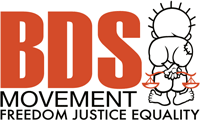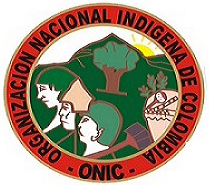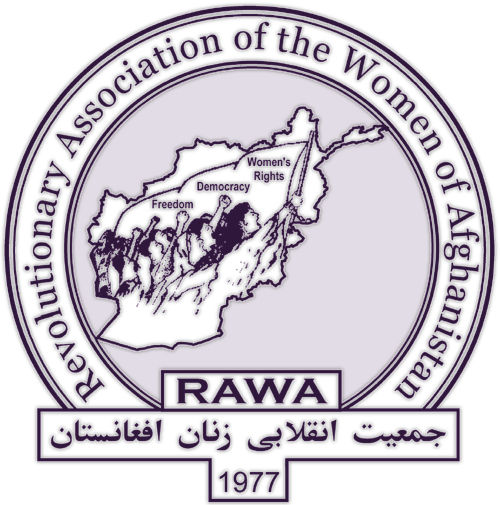Nicaragua
UN approves investigation of Syria war crimes
The UN General Assembly adopted a resolution (PDF) Dec. 21 to establish an independent panel to investigate possible war crimes in Syria. The resolution, approved by a vote of 105 to 15 with 52 abstentions, will establish an "International, Impartial and Independent Mechanism to Assist in the Investigation and Prosecution of Those Responsible for the Most Serious Crimes under International Law Committed in the Syrian Arab Republic since March 2011." The mechanism will work closely with the Independent International Commission of Inquiry on Syria, established by the UN Human Rights Council in 2011. The resolution:
General Assembly demands halt to Aleppo siege
Expressing "outrage" at the escalation of violence in Syria, and particularly Aleppo, the UN General Assembly on Dec. 9 adopted a resolution demanding an immediate and complete end to all attacks on civilians, as well as a lifting of all sieges on cities and towns. The Canada-sponsored resolution was adopted by a vote of 122 in favor, 13 against and 36 abstentions. The text also expressed grave concern at the continued deterioration of the humanitarian situation in the country and demanded "rapid, safe, sustained, unhindered and unconditional humanitarian access throughout the country for UN...and all humanitarian actors."
Post-electoral violence in Nicaragua
Followers of the indigenous party Yatama clashed with police and supporters of the ruling FSLN in Bilwi (Puerto Cabezas) on Nicaragua's Caribbean coast in the aftermath of contested national elections. Thre police agents were reported injured in the clash, with several arrested and property damaged—including government offices. The march was called Nov. 7, the day after the elections, to demand that the Supreme Electoral Council (CSE) release preliminary results on the local race for national legislative deputy, with Yatama candidate Brooklyn Rivera charging numerous irregularities at the polls. Specifically, he accused the FSLN of using the "ratón loco" (crazy mouse) trick, of bussing supporters around to vote multiple times at various locations. Results for the deputy's race in the North Caribbean Autonomous Region (RACN) have still not been announced, and Bilwi remains tense, with streets patroled by riot police flown in by the national government over the head of the city's Yatama municipal government. (EFE, La Prensa, Nov. 8; La Prensa, Nov. 7; La Prensa, Nov. 6)
Anti-canal leader arrested in Nicaragua
Francisca Ramírez Torres, leader of the movement against the planned Nicaraguan canal, was arrested by National Police agents June 25 in a raid on her village in the South Caribbean Coast Autonomous Region. Ramírez was leading a workshop at her village of La Fonseca, Nueva Guinea municipality, teaching local residents to build fuel-efficient wood-burning ovens. She was detained along with her husband, four other local campesinos and four foreigners who were participating in the workshop, mostly Mexicans. The event was part of a Mesoamerican Caravan for Good Life, organized to support local communities opposed to the canal project. No formal charges have yet been announced. "We don't know what argument the police used to detain them and take them by force to the state," attorney López Baltodano told the AP. President Daniel Ortega said the detained had been "handling explosives." On April 22, Ramírez and her National Council for the Defense of Our Land, Lake and Sovereignty led a march of thousands of campesinos against the canal project in Nueva Guinea. (Caravana Mesoamericana, La Prensa, La Prensa, Confidencial, AP, June 25; Havana Times, April 25; La Prensa, April 23; Havana Times, March 12)
Nicaragua: campesino militant 'assassinated'
In a hotly contested incident in Nicaragua's Matagalpa department, army troops on May 2 killed "Comandante Invisible," a local campesino leader who had just announced he was taking up arms against the government. The army's Sixth Command said the "delinquent" was killed in a confrontation with troops on a patrol at the community of Palancito, Esquipulas municipality. But family members of Enrique Aguinaga Castrillo said he was "assassinated" in a raid on his nephew's home, and was unarmed when he was gunned down by soliders in front of young children. He was apparently still alive when taken away by the troops, although seriously wounded, and when his body was returned to the family it showed signs of torture. Family members also said the soliders ransacked their home, stole food and cash, and forced the nephew's wife at gunpoint to cook a meal of chicken soup and rice for them. Three days before the incident, Aguinaga had issued a communique under name "Comandante Invisible," saying he was taking up arms with a band of followers, calling the government of President Daniel Ortega "unconstitutional" and demanding new elections. Three co-signatories to the statement, who also used noms de guerre, remain at large and unidentified. The army says the operation was called as part of a crackdown on cattle-rustling in the area, not in response to the declared insurgency. (La Prensa, May 7; La Prensa, May 5; La Prensa, May 4; La Prensa, May 3; La Prensa, Nicaragua, May 2)
Setbacks for Nicaragua canal project
The International Court of Justice on on Dec. 16 recognized Costa Rica's sovereignty over a 2.5-square-kilometer disputed territory on the border with Nicaragua, one of the main claims fought over by the two countries at The Hague-based court. "The sovereignty over the disputed territory belongs to Costa Rica," Justice Ronny Abraham stated. The ruling found that an artificial canal opened by Nicaragua in 2010 through Isla Calero, also called Isla Portillos or Harbour Head Island, was within Costa Rican territory and not part of the common border between the two countries. Justices also unanimously found that Nicaragua violated Costa Rican territory by invading Isla Calero with military personnel, by dredging canals in Costa Rican territory, and by violating Costa Rica’s navigation rights on the Río San Juan. Nicaragua was ordered to compensate Costa Rica for damage caused to its territory.
Nicaragua: canal project advances —amid repression
Nicaragua's Canal Commission on Nov. 5 approved environmental and social impact assessments for construction of the inter-oceanic canal by Hong Kong company HKND. "We are officially authorizing HKND to now begin the structural design and construction processes," said commission president Manuel Coronel in a ceremony. The impact studies were undertaken by UK-based Environmental Resources Management (ERM) and handed in to the government in September after a year and a half of prerparation. The assessment found that the canal project "will have significant environmental and social impact," but that this can be mitigated if it is developed properly. Project adviser Bill Wild said the approval marked a "giant step" for the project, and assured rapid advancement in the construction. The studies had not yet been approved by the official groundbeaking on the project last December.
Nicaragua: Miskito Coast land conflict turns deadly
At least nine people have been killed and 20 more wounded in an escalating land conflict on Nicaragua's Miskito Coast over the past month. Hundreds of indigenous Miskito residents have fled their ancestral lands, in some cases seeking refuge across the border in Honduras. The crisis in the North Atlantic Autonomous Region (RAAN) pits indigenous Miskito and Mayangna communities against mestizo peasant colonists from Nicaragua's more densely populated west. Miskito political party YATAMA claims the peasants are illegally invading titled indigenous lands, sometimes after plots have been fraudulently sold by corrupt officials. Among the most impacted communities is Tasba Raya Indigenous Territory, where the communal president Constantino Romel was shot and wounded by National Police troops Sept. 16, allegedly after attempting to run a checkpoint. Community leaders deny police claims that officers were fired upon fmor the pick-up truck. Elvin Castro, traditional judge in the indigenous community of Francia Sirpi, has issued an ultimatum giving the colonists one month to to quit the community's territory. "If within one month they do not comply with this, then they will die," he announced. "The colonizers come to destroy the forests that we have cared for such a long time, destroying the watersheds, the plants and the animals... The government has supported the colonizers with firearms so that they can make problems."















Recent Updates
2 days 1 hour ago
3 days 4 hours ago
3 days 4 hours ago
3 days 18 hours ago
3 days 18 hours ago
3 days 21 hours ago
3 days 21 hours ago
3 days 21 hours ago
6 days 20 hours ago
1 week 2 days ago